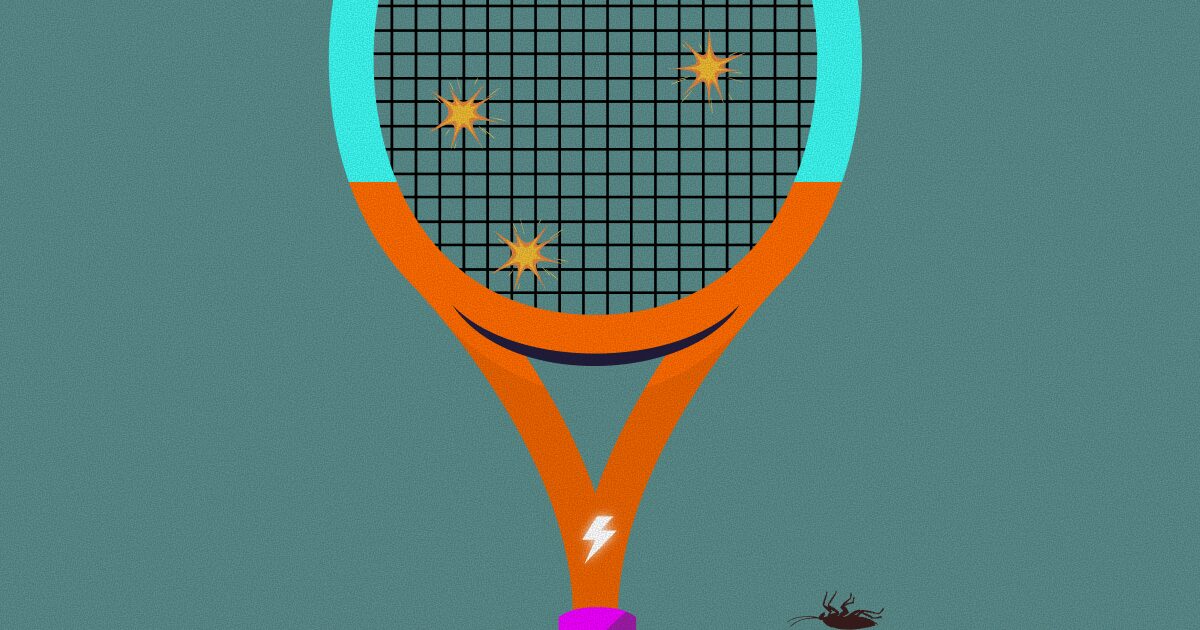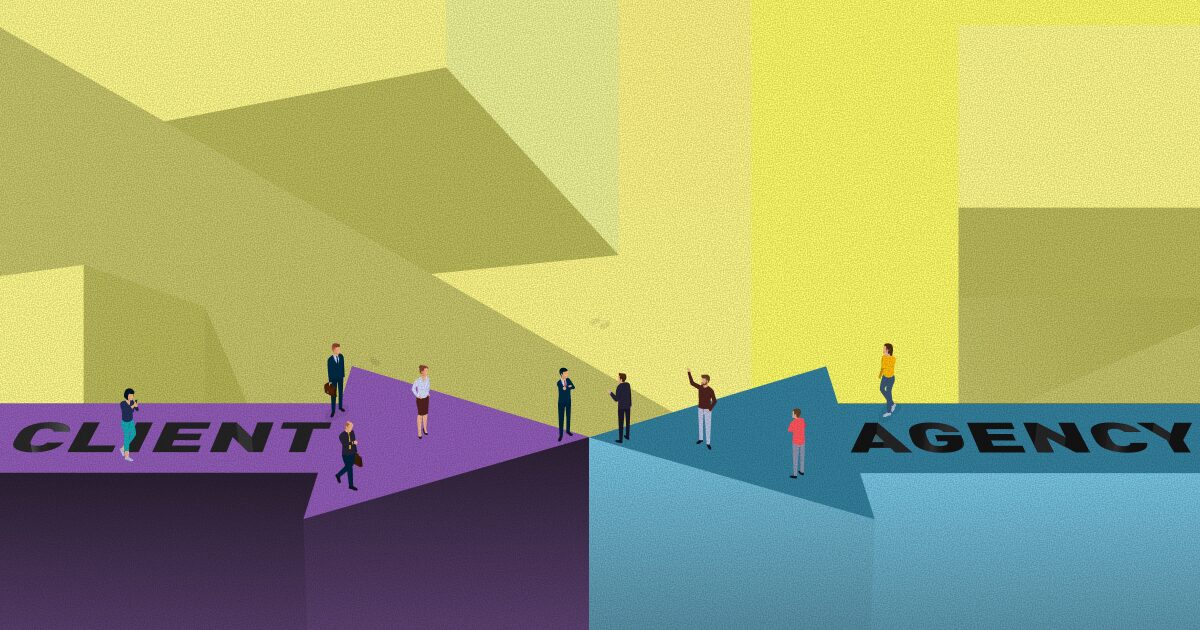October 11, 2024 - 10 min
How AI Transformed UX/UI Design

What?
Artificial Intelligence (AI) is reshaping the UX/UI design landscape, offering tools and techniques that enhance every step of the process. By integrating AI, designers can work more efficiently, optimize workflows, and create personalized, user-centered experiences. In this post, we’ll dive into how AI is making UX/UI design smarter and more intuitive, ultimately leading to better user interactions.
- User Research
- Personalization
- Design Automation
- Accessibility
- Prototype and Testing
- Visual Design
Why?
Using AI tools as a UX/UI designer offers several advantages that can significantly improve the design process and enhance the overall user experience.
- Efficiency
- Data-Driven Insights
- Personalization
- Accessibility
- Design Innovation
- Usability Testing
- Consistency and Scalability
How?
Incorporating AI tools into your workflow can enhance your design process and improve the quality of your designs. Using AI tools as a UX/UI designer offers several advantages that can significantly improve the design process and enhance the overall user experience.
- Identify Use Cases
- Research AI Tools
- Experiment and Learn
- Integrate AI into Your Workflow
- Collaborate with AI Specialists
- Stay Updated
- Evaluate and Iterate
AI Tools
AI tools streamline tasks like image editing, background removal, and content generation etc. By harnessing artificial intelligence, UX/UI designers enhance efficiency, creativity, and user experience, paving the way for more innovative and impactful designs.
- emojis.sh
- Wireframe Designer
- PhotoRooms
- aicolors.co
- relume Ipsum
- ChatGPT
emojis.sh
What? Why? How?
emojis.sh is a tool tailored for designers, offering a comprehensive collection of emojis categorized for easy access. It simplifies the process of finding and copying emojis, facilitating their incorporation into design projects effortlessly.

What? Why? How?
Utilizing emojis enhances communication, adds visual appeal, ensures cultural relevance, and improves accessibility within user interfaces. Their universal language fosters engagement and understanding, contributing to a more immersive and inclusive user experience.

What? Why? How?
Access emojis.sh in your browser, navigate or search for desired emojis, click to copy, and paste them into your design software. Experiment with different emojis and iterate on designs to optimize user engagement and communication effectiveness.

Wireframe Designer
What? Why? How?
The Wireframe Designer plugin is a Figma tool offering pre-built components for efficient wireframing. It simplifies the process by providing ready-made elements commonly used in UX/UI design projects, directly accessible within the Figma environment.

What? Why? How?
The plugin enhances efficiency by saving time in wireframe creation, ensures consistency with professionally designed components, offers flexibility for customization, and facilitates collaboration among team members using Figma’s collaborative features.

What? Why? How?
Install the plugin from Figma’s Community library, access components within Figma, select and customize elements as needed, assemble wireframes by dragging and dropping components onto the canvas, and iterate on designs collaboratively with team members for feedback and refinement.





PhotoRoom
What? Why? How?
PhotoRoom is a Figma plugin employing AI technology to swiftly remove backgrounds from images. It simplifies the process, enabling UX/UI designers to create transparent backgrounds effortlessly, eliminating manual editing.


What? Why? How?
Enhancing workflow efficiency, flexibility, and consistency, PhotoRoom automates background removal, saving time, refining designs, and maintaining visual cohesion across interfaces.


What? Why? How?
Install the plugin, upload an image in Figma, use AI background removal, adjust if necessary, integrate the transparent image into designs, and iterate for optimal visual impact and user experience.


Relume ipsum
What? Why? How?
The Relume Ipsum plugin for Figma provides UX/UI designers with a quick and efficient way to generate placeholder text directly within their designs.
By offering customizable options for text length and format, it streamlines the process of populating content areas, saving time and enhancing the overall design workflow.





What? Why? How?
Placeholder Text Generation: It generates placeholder text (commonly known as Lorem Ipsum) directly within Figma, allowing designers to quickly fill in content areas without having to manually type or copy-paste text.
Efficiency: Using the plugin saves time and effort, especially when designing mockups or prototypes where placeholder text is needed.
Realistic Representation: Having placeholder text helps in creating a more realistic representation of the final design, allowing stakeholders to better visualize the layout and flow of content.
Integration with Figma: Since it’s a Figma plugin, it seamlessly integrates into the design workflow, making it convenient to use alongside other design tools and features within the Figma platform.
Overall, the Relume Ipsum plugin enhances the design process by providing a quick and easy way to populate content areas with placeholder text, ultimately improving the efficiency and effectiveness of the design workflow.





What? Why? How?
The 1st step
To create our design and place Lorem Ipsum text in the designated areas for actual text.


The 2nd step
Find the plugin and run it.
After that, select the desired screen and fill in the required fields within the plugin window (company name and description of what company does).
Click the CTA button to generate the copy and wait for the results.


Results
Fail – Maybe not?
The plugin did not recognize the navigation with three tabs.
We believe that this part is still the responsibility of the designer to come up with names for individual tabs and sections within the page because this part pertains to UX and the logic of the application itself.


Results
Successfully done.
For this part, we can say that it has been successfully completed.
Of course, it should be emphasized that the text generated by this plugin is only the initial version of the text to help the client absorb the content and the designer’s idea more easily.
The text definitely requires further refinement.


AI Colors
What? Why? How?
AI Colors is an artificial intelligence tool that utilizes advanced algorithms to generate a color palette based on user-defined parameters or inspiration. It enables users to quickly create harmonious and aesthetically pleasing colors for their projects.



What? Why? How?
“aicolors” offers a quick, practical, and inspirational solution for generating color palettes, making it a useful tool for anyone involved in design or creating visual content.
Quick color generation: The tool allows for rapid generation of color palettes, saving time for designers and enabling them to focus on other aspects of the project.
Inspiration: “aicolors” can serve as a source of inspiration for UX/UI designers, helping them explore new color combinations and expand their creative range.
Customizability: Users can adjust the parameters of color generation to suit the specific needs of their projects or personal taste.



What? Why? How?
We need to determine what kind of palette we actually need and for what purpose, and based on that we give clear instructions to the generator.


Results
Successfully done
The generator has generated a 10-color palette in hexadecimal format that we can export.
It suggested which color to use for the background, primary color, accent color, and text color.


ChatGPT
What? Why? How?
ChatGPT is an AI-powered chatbot that can engage in conversations with users, providing human-like responses based on the input it receives.
ChatGPT can be your best friend if you want it to be. You just need to learn how to talk to it and give it great prompts.




What? Why? How?
ChatGPT can greatly assist in app design, especially in the UX aspect of the job. It saves us time and gives us additional ideas that we haven’t thought of ourselves. We wouldn’t recommend relying entirely on this tool, but it can significantly help us in our work.




What? Why? How?
It’s very easy to use, functioning like a real chat where we can converse, ask questions, or give tasks for it to solve. The quality of the response depends on the quality of the written prompt.




AI can significantly enhance the workflow and creativity of UX/UI designers in several ways, allowing them to focus on more strategic and creative aspects of their work. Here are some of the main ways AI can assist UX/UI designers:
A/B Testing and Optimization
AI can automate and enhance A/B testing by rapidly analyzing user interactions, helping designers understand which design elements work best. This optimizes the design for better user engagement and experience.
- Example: AI tools like Google Optimize or Adobe Target use machine learning to determine which design variations are performing better in real-time.
Accessibility Improvements
AI tools can automatically scan designs and suggest improvements to ensure they are accessible to people with disabilities, such as recommending color contrasts for visually impaired users or optimizing layouts for screen readers.
- Example: Stark is an AI tool that helps designers ensure their designs are accessible to users with visual impairments by checking contrast ratios and offering suggestions.
User Research and Insights
Artificial intelligence can assist in gathering user insights from surveys, social media, or feedback forms. It can analyze sentiment, behavior patterns, and pain points, helping designers refine their designs based on real user data.
- Example: Tools like UserTesting or Hotjar use AI to analyze user testing sessions or heatmaps to show how users interact with different parts of a website or app.
Design System Management
AI can manage and maintain design systems, ensuring consistency across multiple projects and team members. It can recognize inconsistencies in design elements like colors, fonts, or spacing, and suggest ways to align them.
- Example: Tools like Figma or Sketch can integrate AI plugins that help UX/UI designers keep track of their design system components and suggest corrections if inconsistencies appear.
AI and the Future of Design
Artificial intelligence has been excessively hyped in various industries, including design. Designers and developers are actively discussing AI and the future of design, exploring the potential effects of AI, Machine Learning, Deep Learning, VR, AR, and MR and how these advancements might reshape their roles and responsibilities. In this write-up, we will shed light on the present and future of AI in design by discussing the various aspects of design using AI.


Understanding Design and AI
The emergence of AI is shaping the design industry and raising questions among designers about the potential for AI to replace designers in the future!
AI in the design process helps designers become more efficient and productive. AI-powered tools like DALL-E, Midjourney, Adobe Firefly, or Stable Diffusion automate tasks like concept art, visuals, high-res images, and custom graphics. They apply styles to images & explore unique visuals for design projects, freeing designers to focus on the more creative aspect of their work like ideation and problem-solving. In addition to automating tasks, design AI tools can also generate ideas and insights to create user-friendly designs.
AI in design is to complex and expensive for small businesses
Some advanced AI design tools may be expensive and complex, but there are also user-friendly and affordable AI-driven design applications accessible to small businesses and individual designers. These tools offer valuable features like automated layouts, image enhancement, and personalized branding, making AI a viable option for designers of all scales.
AI in design is only helpful for repetitive tasks
AI’s capabilities extend far beyond just automating repetitive tasks. AI can aid in data analysis, predicting design trends, generating personalized content, and assisting with complex design challenges. Embracing AI allows designers to focus on higher-level creativity and strategic thinking, leveraging AI as a powerful ally in the design process.
AI-generated designs lack originality and uniqueness
AI-generated designs can be creative and unique, but designers need to be mindful of the tools and data they use to avoid creating similar designs. Fine-tuning and adding creative input is essential to ensure the final result aligns with the project’s goals and vision.
How will Creative AI Teams Operate?


Human-AI collaboration
Once teams overcome the hurdle of adopting AI into design workflows, the new normal will be human-AI collaboration. Designers will collaborate with AI tools throughout the creative process, while balancing this tech with a human touch and irreplicable creativity.
Creative direction
Without a designer as a guide, AI is operating blind. Consequently, creative direction will become even more key on AI-savvy teams. To ensure visuals are not only pleasing but align with a brand and vision, all designers will learn the ins and outs of creative direction.
Quality control
Remember how AI doesn’t have a designer’s eye? To avoid declines in quality, another key on creative AI teams will be the “review and refine” process. Designers with expertise will engage in quality control to ensure visuals are relevant and meet communication needs.
Adaptability
As the list of marketing channels and needs grow, so too will the importance of being able to adapt content with ease. Hand in hand with their AI co-pilot, designers will develop efficient systems for customizing and enhancing the versatility of visuals.
Human insight
No matter how sophisticated creative AI technology gets, it won’t be able to replace human insight. At the same time, it will free up more of a designer’s day to focus on nailing strategic, emotional and cultural nuances in campaigns—elevating the final product.
Conclusion
Overall, AI is a powerful technology that has already disrupted many industries, and its potential is only going to grow as the technology becomes closer to human intelligence.
However, AI is still very much dependent on humans as it requires inputs from graphics designers to do most of the tasks. So it’s safe to say that“ AI may not replace human creativity, but designers who can leverage AI effectively will outperform those who do not.”
AI empowers UX/UI designers by automating repetitive tasks, improving user research, and offering creative suggestions. It allows designers to focus on human-centered, innovative designs while AI handles data-driven tasks and optimizations. This synergy between AI and human creativity leads to more efficient design processes and enhanced user experiences.
Give Kudos by sharing the post!






